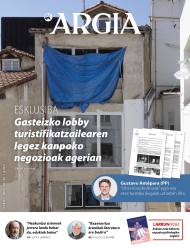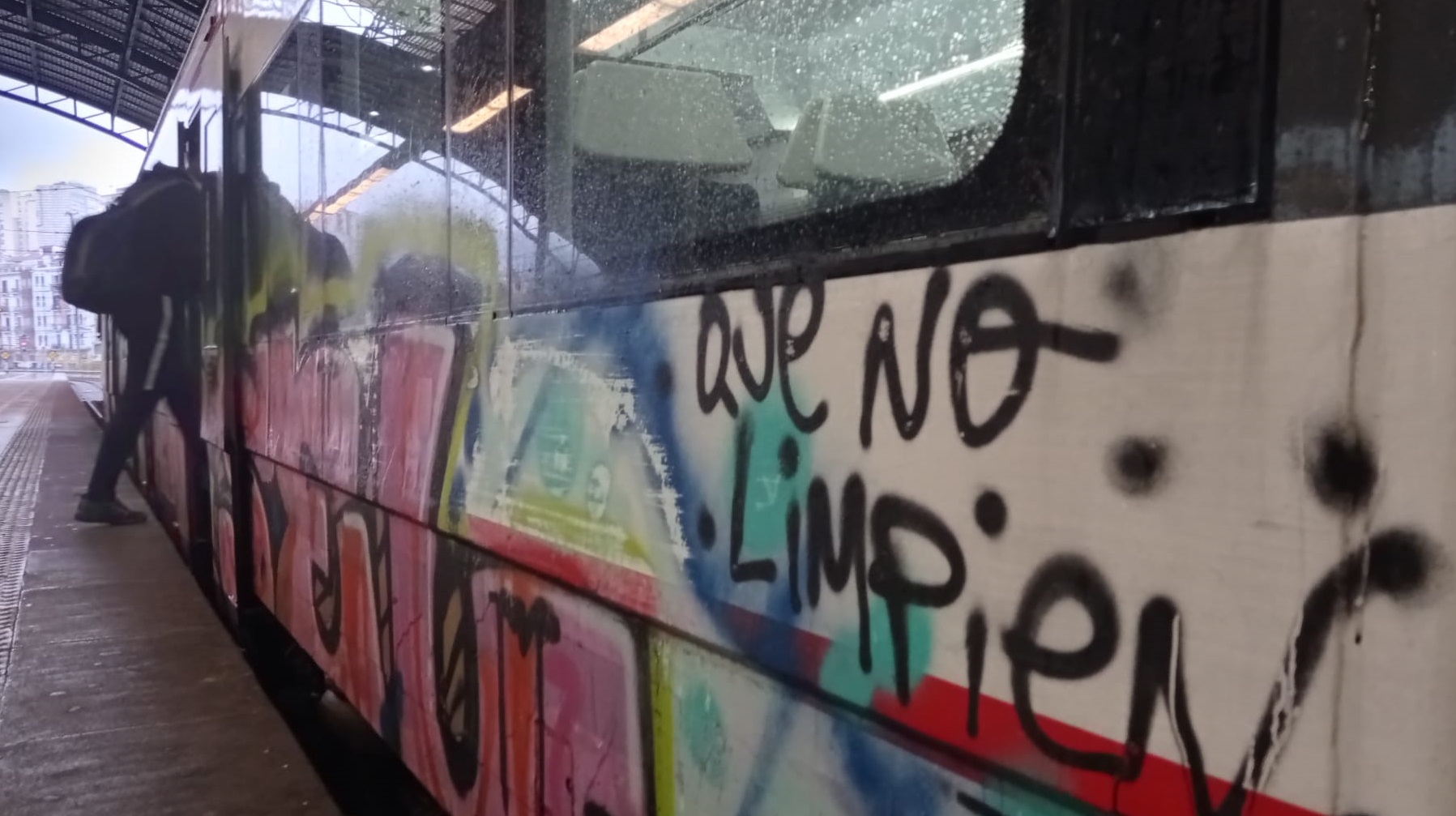Burial
- How is pain represented? Physical pain that happens in the body, but also invisible pain that goes inside and eats inside us. Pain, suffering and pain. In the history of art, even in Christianity, or in the rituals and celebrations associated with the Greek tragedy, there is a rich representation of pain in which sacrifices, penances or punishments converge in a fascinating aesthetic. Lúa Ribeira's photos have some of this, but they have a little more fraternity, a sense of hope for new opportunities and a sense of saturation from John Waters' movies. But above all, the photographs of Ribeira show the desire to hunt for the exclusive borders that we have built in society.
I'm interested in nuns and thieves and gardens. Witchcraft in the corrupt body, hotel receptions and sky doors. Ghosts, funeral directors and gravity.” This is summarized by photographer Lúa Ribeira (A Pontes, Galicia, 1986) his points of interest and the fingers he speaks can be found in the exhibition he has just opened in the Artegunea room of Tabakalera de Donostia. Under the title ‘Zeruratzea’, an exhibition of five series which includes works carried out between 2016 and 2020. We will find twenty photographs of the series and, once viewed all, we can start to suspect the methodology of Ribeira's work, identify its motives and points of interest and confirm that in the end what its camera portrays in different contexts and geography is faithful to a certain style.
Ribeira intends to visually question the realities generated by the exclusion mechanism of contemporary and dominant culture, or at least bring them to the forefront, in the view of all. Creating these images invites us to look at what is outside of accepted readings and interpretations, equates what we do not want to see, there are no escapes, it is a reality to assimilate. People who have been expelled from the system – homeless, migrants, women with functional diversity – are often those who appear in photographs in Ribeira. However, before reaching the photo there is a long process, a mutual knowledge is woven, a meeting, an environment of trust, thertulians and silences are distributed, they recognize each other, and then maybe the photograph arrives. And photography only represents a moment of everything that's happened, a pair of colorful sneakers, a soft smile, a man sucking the cigarette, a black mascara that's been impregnated by a tear ...
Lúa Ribeira conducted documentary photography studies at the University of Wales and is currently a member of the prestigious agency Magnum, along with Cristina García Rodero and Cristina de Middel, among others. As an anthropologist, Ribeira provides in-depth research and an immersive view of her themes, and uses photography as a means to allow these encounters. She says she makes "collaborative" photography, because she treats those who appear in the images as collaborators, because Ribeira turns her experiences with them into photographs. When creating images, use the 50mm lens, the closest lens to the human eye, reducing the distance on both sides of the camera, allowing the look to be as real as possible.

One of these long-term meetings was held in the Catholic congregation of the Slave nuns of the Painful Virgin. This congregation, outside the village, was in the Galician village where Ribeira spent her summer vacation of childhood. Women with functional diversity live there, outside the world, on a permanent pause. In 2014, Ribeira approached them, crossing these invisible barriers, with the intention of spending time with them. Thus, over time, and with mutual trust, theatre workshops were organized, representing the congregation in its arduous green garden, from which comes the series Aristopcratas [Aristopcratas]. Empty table prepared for food, bedroom decorated with small wooden handles, aristocratic portrait represented back in a flower table.
Czech photographer Josef Koudelka portrayed the Holy Week of Seville in late Francoism (Andalusia), through fragments that transcend the lot of processions: a Nazareth man who drags the cross on an empty street, children looking at processions, penitents dressed in tunic… The series Visions ("Inspectors") of Ribeira has its mark. The town of Puente Genil (Córdoba, Andalusia) is chosen to portray the religious celebrations of Easter, but here also the procession and the ritual reviews disappear. What happens in the suburbs of the celebration is what the artist runs over with his camera:decontextualized the red clothing of the Nazareth, a sleek family to go to processions, a girl who looks seriously at the camera, a man crossing the road losing himself in a cloud of smoke, the industrial complex of Puente Genil… Abandon what is expected and bring to the center what happens in the suburbs.
Migration immerses itself in the situations that generate the cruel borders raised by men in the series Ribeira La Jungla ("Oihana") and The Lucky ("Zorionekoak"). The first is the name of a place alien to the marine jungle in the city of Tijuana, which he briefly visited Ribeira to photograph the migratory crisis in a collective initiative. Shortly after reaching the border, he witnessed the disdain suffered by the migrants and the fear felt by the migrants. He has also travelled the border between Melilla and Morocco, in contact with young people waiting to cross the European border. And from this coexistence arise these two series, from spending time with them and knowing their stories. Precarious structures that serve as a refuge to sleep, green area that could be the forest, dialogue between men who protect themselves from the sun, survival of young people who have matured too early...
Finally, Zerurketak is a project created to deal with the homeless crisis that was taking place in the city of Bristol (UK) and is a collection of photographs that give title to the exhibition. Ribeira began to meet in the city parks with the unemployed, in the park itself, regardless of the logic and dynamics of the city. The atmosphere of the garden, as an angel or guardian, gives the people who appear in it a mythological character. The saturated, vibrant and firm colors dominate the Zeruratzear exhibition. On the top floor of the exhibition, Ribeira shares with the public the references of the notebook with which she works, and it is good to see the origin of a photograph, that first idea, the first draft and realize that all the visual knowledge that the artist brings later, in some way, is manifested in his photographs.
Behin batean, gazterik, gidoi nagusia betetzea egokitu zitzaion. Elbira Zipitriaren ikasle izanak, ikastolen mugimendu berriarekin bat egin zuen. Irakasle izan zen artisau baino lehen. Gero, eskulturgile. Egun, musika jotzen du, bere gogoz eta bere buruarentzat. Eta beti, eta 35... [+]
This text comes two years later, but the calamities of drunks are like this. A surprising surprise happened in San Fermín Txikito: I met Maite Ciganda Azcarate, an art restorer and friend of a friend. That night he told me that he had been arranging two figures that could be... [+]
On Monday afternoon, I had already planned two documentaries carried out in the Basque Country. I am not particularly fond of documentaries, but Zinemaldia is often a good opportunity to set aside habits and traditions. I decided on the Pello Gutierrez Peñalba Replica a week... [+]






















